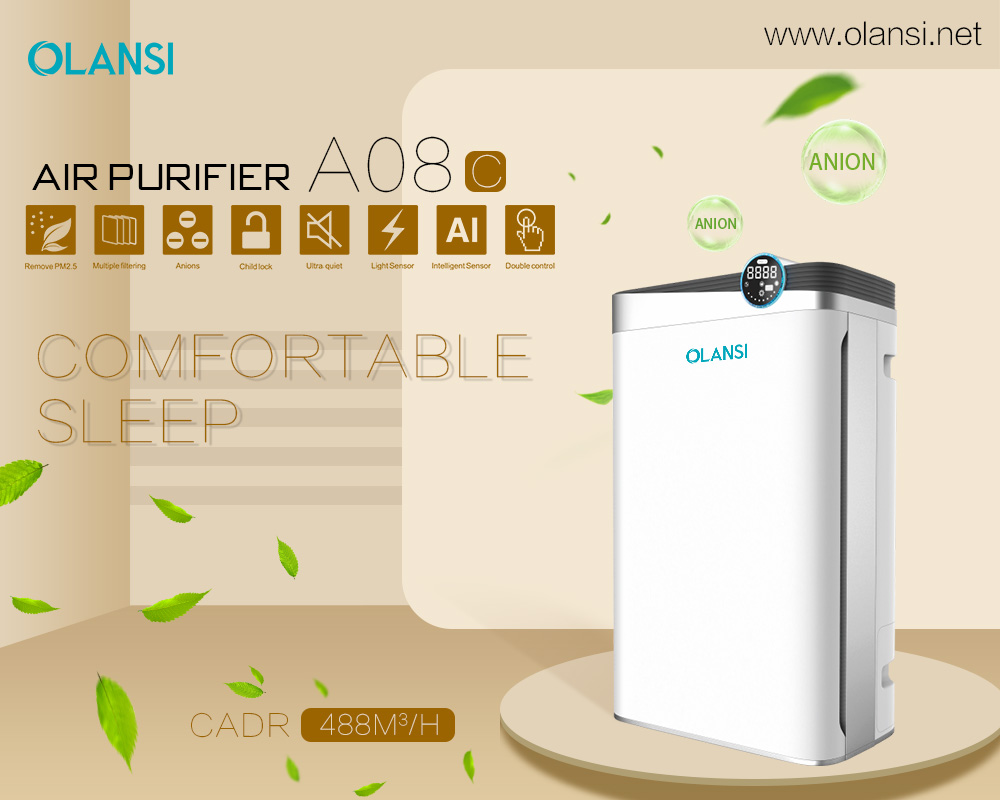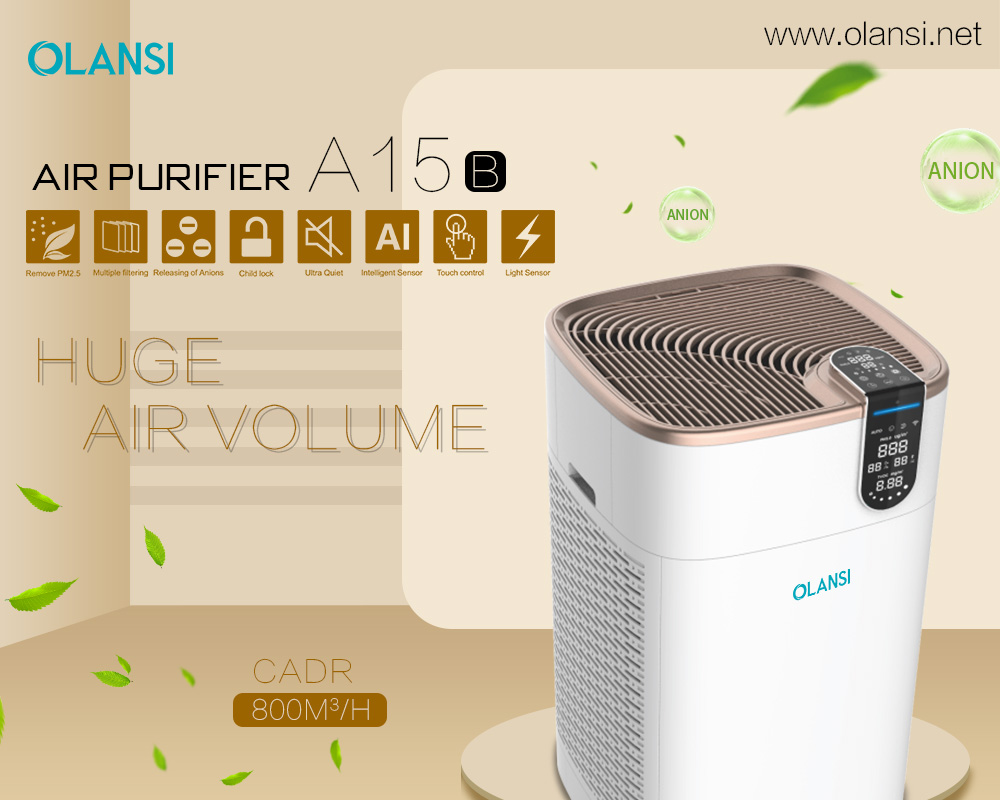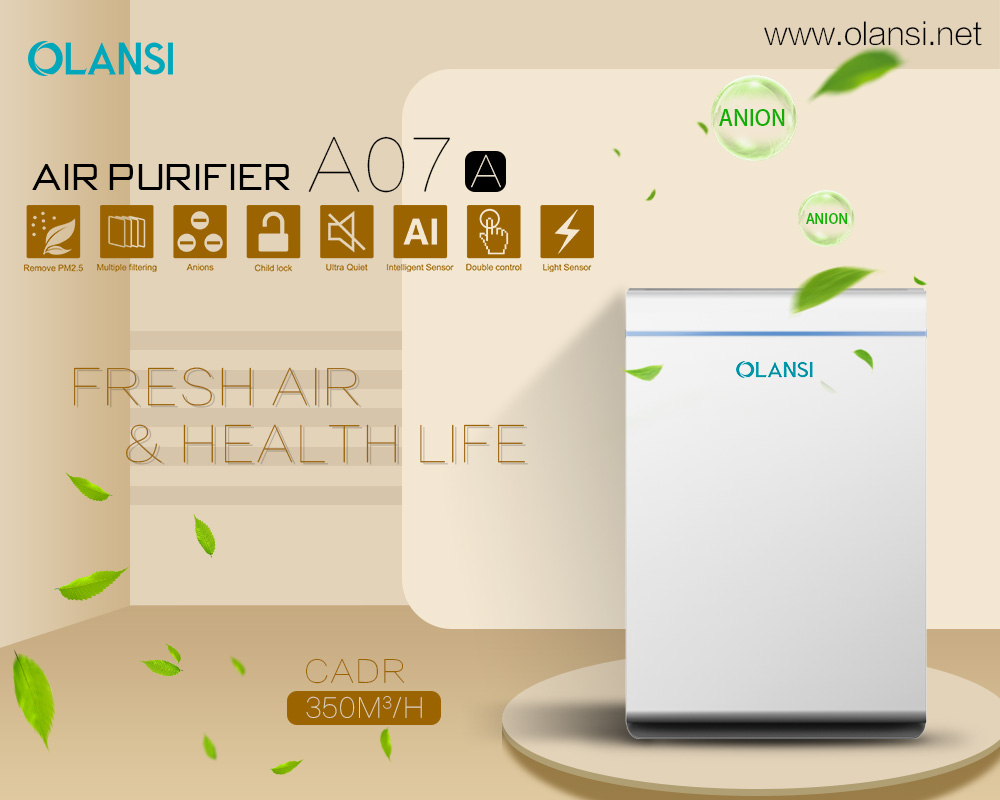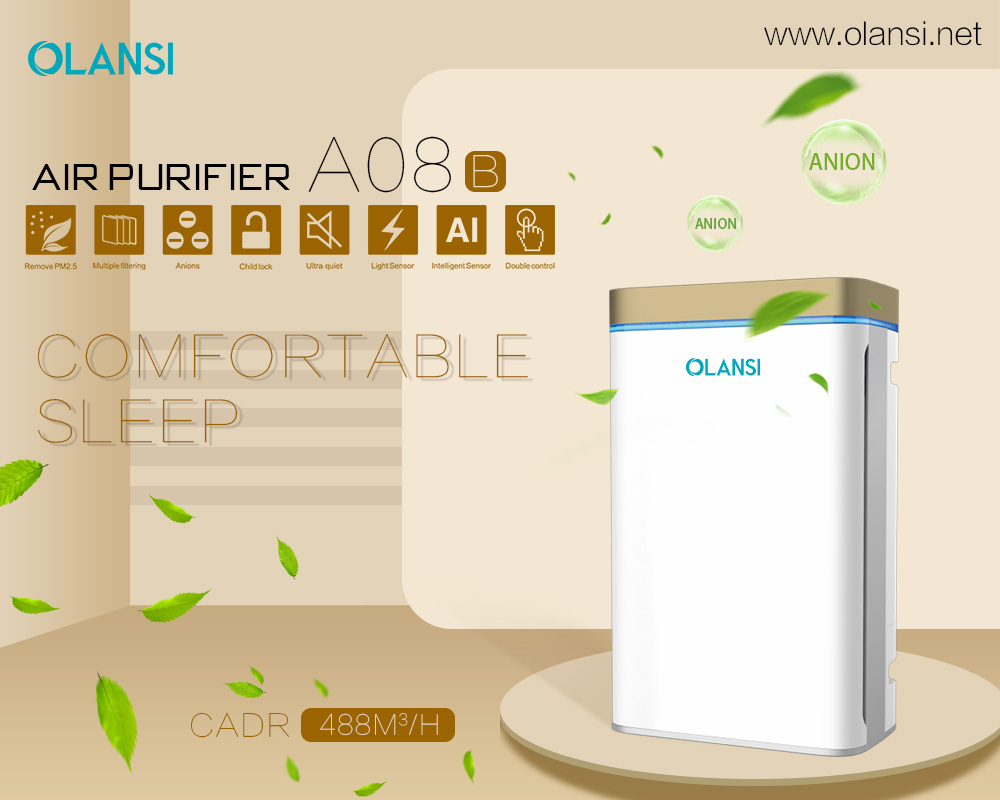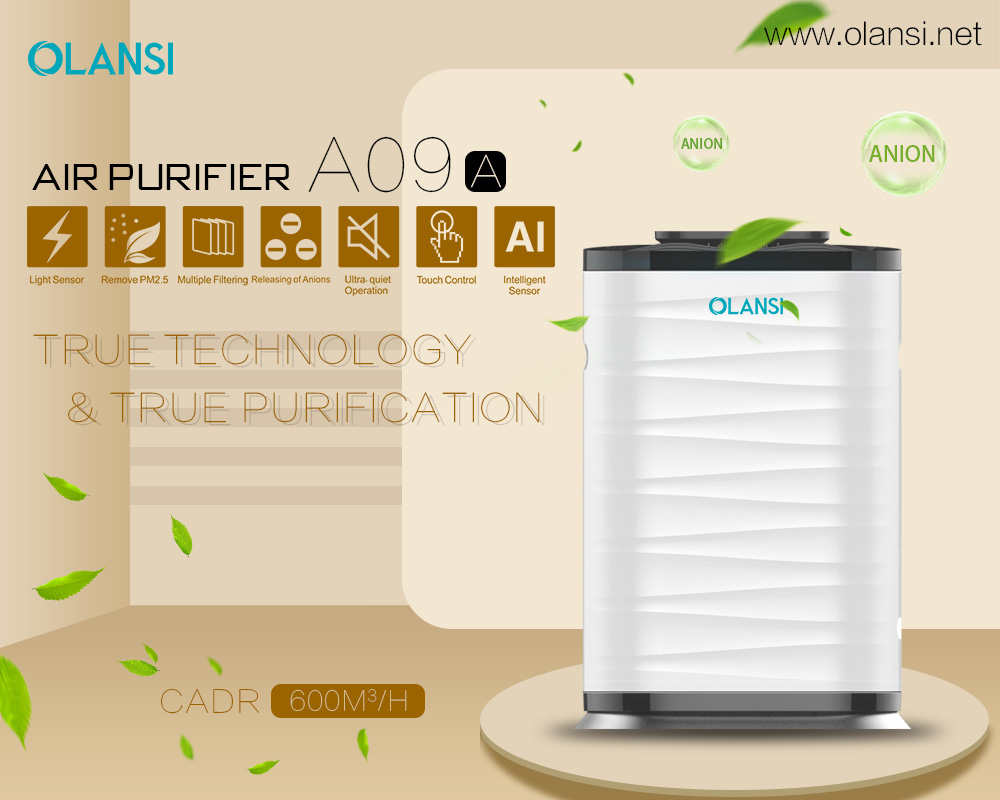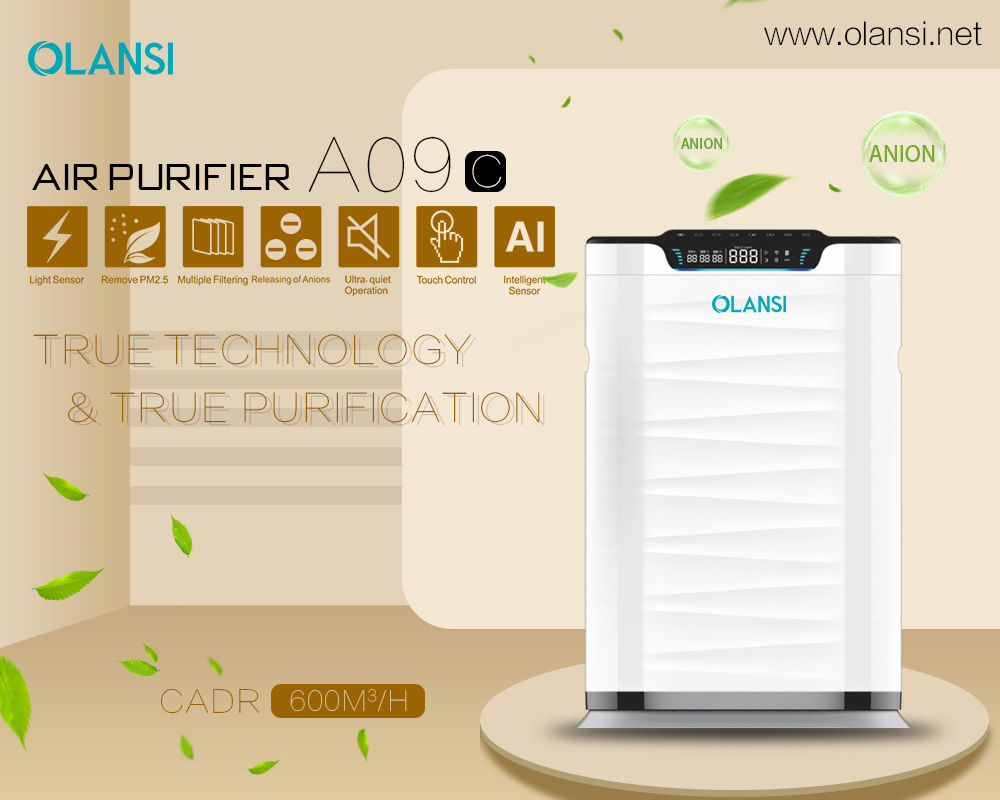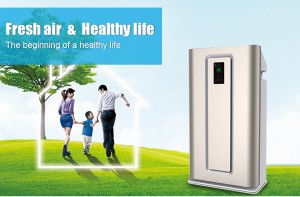The right home air purifier can make a dramatic improvement in your home’s air quality. But choosing an air purifier shouldn’t make your head spin. That’s why we’ve put together some buying guides that will start by explaining the basics, and will then lead you to the air purifier that’s right for you.
How to Buy the Right Air Cleaner
Even the cleanest homes can contain dust, pet dander, pollen, and fumes. If you have chronic obstructive pulmonary disorder (COPD) or other lung problems, these airborne irritants can make it harder to breathe.
Although it’s impossible to remove all of the particles, a portable air cleaner (also known an an air purifier) may reduce asthma and allergy symptoms.
“Since many people with COPD have sensitive airways and problems with allergies as well, an air cleaner may be worth a try,” says Norman Edelman, MD, chief medical officer of the American Lung Association. “It’s not going to make a huge difference in their illness, but it may be beneficial.”
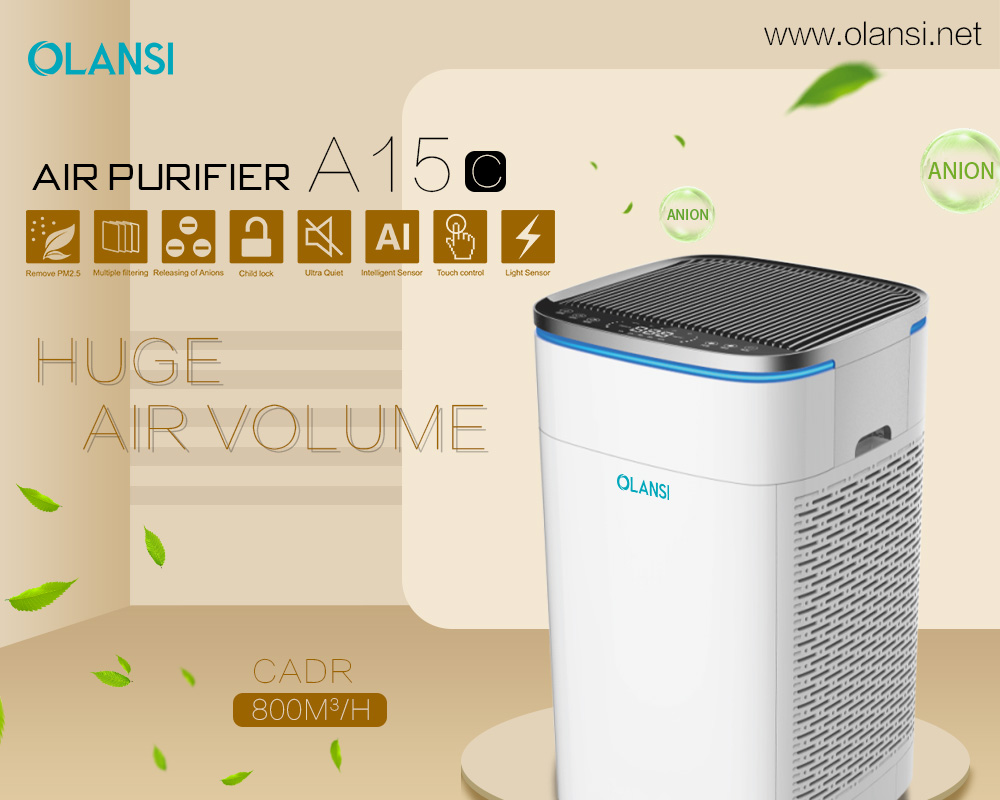
Olansi K15C3 Air Purifier
How to read the label
Air cleaners are tested and rated by the Association of Home Appliance Manufacturers (AHAM), which assigns a number from 0 to 450 known as the Clean Air Delivery Rate (CADR) to indicate how quickly a cleaner filters dust, tobacco smoke, and pollen out of the air. The AHAM also suggests the size of the room (in square feet) for which a particular model is best suited.
When shopping for an air cleaner, compare these four key numbers by looking for the AHAM seal, which the association requires manufacturers to display on their packaging. Consumer Reports recommends that you purchase a model with more square-footage capacity than you need, so that you can run the machine effectively on its (quieter) “low” setting.
Electronic air cleaners
Air cleaners that use electrically charged plates known as “electrostatic precipitators” have grown in popularity. These cleaners are very efficient and don’t require replacement filters, but they produce small amounts of ozone, a gas that irritates the lungs and has been shown to exacerbate COPD. “We caution against buying any air cleaner that generates ozone, because ozone is very irritating to the respiratory tract,” says Dr. Edelman. (Another type of air cleaner known as ‘ozone generators’ that purposefully produce ozone should also be avoided, according to both Dr. Edelman and the EPA.)
Though Consumer Reports has expressed the same concerns about ozone, the magazine listed the Friedrich C-90B (left), which retails for around $550, as the top electronic air cleaner in a 2007 test.
HEPA filters
The other main type of air cleaner uses high efficiency particulate air (HEPA) filters. These are effective at removing dust and other irritants from the air, yet they produce no ozone.
High-end HEPA cleaners, such as the Airgle 750 andBlueair 650E, have earned the AHAM’s top CADR score and are rated for rooms as large as 26-by-26 feet, but these units typically sell for $800 or more. For a more affordable HEPA room purifier, Consumer Reports has recommended the Hunter Permalife 547 (left), which retails for between $300 and $350.
Be sure to check the price of replacement filters before buying. HEPA filters need to be changed about once a year and can cost $100 or more.
Low-cost clean air
Upgrading the existing filter in your forced-air HVAC (heating, ventilation, and air-conditioning) system is an inexpensive alternative to room cleaners.
Just as the AHAM does for room cleaners, the American Society of Heating, Refrigerating, and Air-Conditioning Engineers assigns a “minimum efficiency reporting value” (MERV) to filters that measures their effectiveness at removing particles from the air.
Most HVAC systems are equipped with filters of MERV 1 to 4. While most homes cannot accommodate HEPA filters (MERV 17 to 20) because they are too big and dense, filters with a MERV between 7 and 13 are nearly as effective as HEPA filters. Filters in this range, such as those from True Blue (pictured), are available at most hardware and big-box stores for $20 or less.
Online resources
For more information on shopping for air cleaners, check out these valuable online resources:
• The Association of Home Appliance Manufacturers’ comprehensive online directory of Clean Air Delivery Rates; browse by brand, room size, or other criteria.
• The Environmental Protection Agency publication,Guide to Air Cleaners in the Home.
• The Consumer Reports online Air Purifiers Buying Guide.

